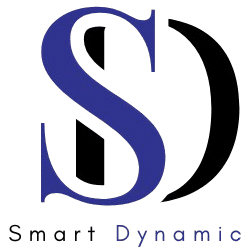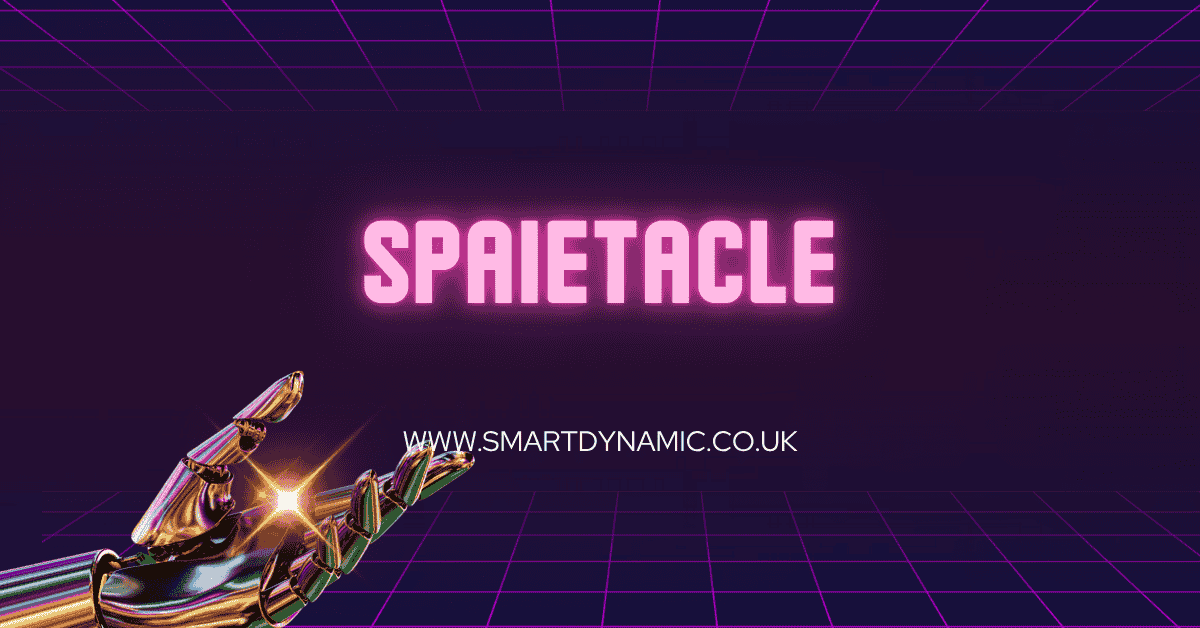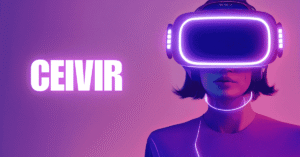Imagine stepping into a room that breathes with you. The walls pulse with light in rhythm with your heartbeat, a narrative unfolds not on a screen but across the entire architecture around you, and sound, scent, and texture converge to tell a story you don’t just witness, but inhabit. This is not a distant dream of the metaverse; this is the power of Spaietacle.
Spaietacle is an emerging paradigm in experiential design that intentionally merges “space” and “spectacle” to create deeply immersive, multisensory environments. It moves beyond passive viewing to active participation, transforming physical locations into dynamic, narrative-driven experiences. This article delves into the world of Spaietacle, exploring its roots, principles, and its revolutionary impact on art, marketing, and the future of entertainment.
Historical & Cultural Roots of Spaietacle
The desire to create awe-inspiring experiences within a defined space is not new. The concept of spaietacle has deep historical precedents.
-
Religious and Ceremonial Architecture: Gothic cathedrals were early masters of spaietacle. They used towering vaults, stained glass that transformed light into divine narratives, and reverberant acoustics to overwhelm the senses and create a profound feeling of connection to the divine. The space itself was engineered for spectacle.
-
Renaissance Pageants and Theatre: Elaborate royal entries and theatrical productions like those in Shakespeare’s Globe used the entire environment—from moving stages to fireworks—to create a shared, immersive experience for the audience.
-
World’s Fairs and Panoramas: The 19th century’s World’s Fairs were temples of spaietacle, showcasing technological marvels within grand pavilions designed to inspire wonder about the future. Similarly, panoramic paintings wrapped around viewers, placing them at the center of a historical battle or a distant landscape.
These historical examples share a common thread: the conscious design of a space to facilitate a spectacular and emotionally resonant event.
Core Principles of Spaietacle
A true spaietacle is built on several foundational principles that distinguish it from a simple light show or event.
-
Spatial Narrativity: The story is told through the space. The architecture, not just a screen, becomes the canvas. A narrative might begin on the floor, travel up a pillar, and explode across the ceiling.
-
Multisensory Integration: It engages more than just sight and sound. Tactile feedback, curated scents, controlled temperature, and even taste can be woven into the experience to create a richer, more memorable impression.
-
Participatory Immersion: The audience is often an active component. Their movements, choices, or collective presence can influence the evolution of the event, blurring the line between spectator and performer.
-
Technological Synergy: Technology is not the star but the enabler. Projection mapping, augmented reality, spatial audio, and interactive sensors work in seamless concert to bring the environment to life without drawing attention to the “how.”
Applications & Real-World Use Cases
The spaietacle framework is being applied across diverse industries to create unforgettable connections.
-
Experiential Marketing: Brands are using spaietacle to forge emotional bonds with consumers. Instead of a billboard, a car company might create a pop-up environment where visitors feel the sensation of driving through different terrains, with wind, mist, and projected landscapes transforming a simple room into a thrilling journey.
-
Augmented Reality Events: While AR is often seen on personal devices, spaietacle uses it collectively. Imagine a historical site where, through AR glasses, visitors see ghostly reenactments of historical events playing out precisely where they happened, blending the physical ruins with a digital spectacle.
-
Cultural Installations: Museums are moving beyond static displays. A spaietacle-driven exhibition about the ocean might involve a room where wave patterns are projected onto the floor and walls, with subsonic audio creating the deep rumble of the sea, offering a visceral understanding of the subject matter. Institutions like the Smithsonian are exploring these very concepts to engage new audiences. [Authority Link: https://www.smithsonianmag.com]
-
Live Performances and Concerts: Concerts are prime venues for spaietacle. Artists like Beyoncé or bands like Coldplay use synchronized drone swarms, massive projection-mapped stages, and wearable LED wristbands that turn the entire audience into a unified part of the light show.
Advantages of Spaietacle
Why is this approach so powerful?
-
Deep Emotional Engagement: By engaging multiple senses and fostering participation, spaietacle creates powerful emotional memories, far more potent than passive observation.
-
Enhanced Memorability: The novelty and intensity of a well-designed spaietacle make it “sticky.” People talk about it, share it on social media, and remember the brand or message associated with it for longer.
-
Novelty and “Wow” Factor: In an attention-starved world, spaietacle cuts through the noise by offering a genuinely novel and awe-inspiring experience.
Challenges & Limitations
Creating a successful spaietacle is not without its hurdles.
-
High Cost and Technical Complexity: Integrating advanced technologies in a custom-built environment is expensive and requires a wide range of specialized expertise.
-
Scalability Issues: These experiences are often intimate by design, making it difficult to scale them for massive audiences without losing the core immersive quality.
-
Potential for Sensory Overload: Poorly designed experiences can overwhelm participants, leading to fatigue or anxiety rather than wonder.
-
Accessibility: Ensuring that spaietacle experiences are accessible to people with different physical and sensory abilities is a significant and essential challenge.
Spaietacle vs. Related Concepts
It’s easy to confuse spaietacle with other trendy terms. Here’s how it differs:
-
Spaietacle vs. Immersive Experience: All spaietacles are immersive, but not all immersive experiences are spaietacles. An immersive VR game is experienced through a headset; a spaietacle transforms the shared physical space you are in.
-
Spaietacle vs. Interactive Art: Interactive art can be a component of spaietacle, but spaietacle is a broader framework that encompasses narrative, technology, and multisensory design to create a cohesive whole.
-
Spaietacle vs. Projection Mapping: Projection mapping is a technique often used within a spaietacle. The spaietacle is the overarching experience that may include projection mapping, plus sound, scent, and interactivity.
Design & Technical Insights
Crafting a spaietacle requires a holistic approach.
-
Story First: Begin with the narrative or emotional journey. What story are you telling? What feeling do you want to evoke?
-
Map the Space: Analyze the physical architecture. How can its features—corners, curves, textures—be used to enhance the story?
-
Sensory Layering: Decide which senses to engage and how. A gentle breeze or a specific scent can be as powerful as a visual effect.
-
Technology Stack: Choose the right blend of technologies—projectors, speakers, sensors, AR/VR interfaces—that serve the story invisibly.
-
Iterate and Test: Prototype and test with real users. How do they move through the space? Where do they get confused? Refinement is key.
Research published on ScienceDirect on multisensory integration confirms that congruent input from different senses significantly enhances the perceived intensity and memorability of an experience, a principle spaietacle leverages masterfully. [Authority Link: https://www.sciencedirect.com]
Case Studies / Examples
-
teamLab Borderless (Tokyo): A quintessential spaietacle. This digital art museum has no map. Artworks move between rooms, interact with visitors, and are boundless. The space and the digital spectacle are one inseparable entity, creating a world to be explored.
-
The Van Gogh Immersive Experience: While varying in quality, this global phenomenon exemplifies spaietacle. It places visitors inside Van Gogh’s paintings, with his brushstrokes animated across walls and floors, set to a symphonic score, transforming a gallery into a living canvas.
-
Punchdrunk’s Sleep No More: This immersive theatre production is a masterclass in narrative spaietacle. Audience members wearing masks explore a multi-story, meticulously designed hotel, choosing which parts of the non-linear Macbeth story to follow, becoming ghosts within the spectacle.
You can also read our recent articles
Expert Insights
“Spaietacle represents a fundamental shift from content consumption to environmental inhabitation,” says Dr. Anya Petrova, a researcher in experiential media. “The future isn’t just about higher-resolution screens; it’s about designing ‘smart’ spaces that can respond to us emotionally and physically, creating a new form of collective storytelling. The European Commission’s focus on human-centric computing for creative industries underscores this trajectory.”
Future of Spaietacle
The evolution of spaietacle is tied to technological advancement. We can expect:
-
Integration with the Metaverse: Physical spaietacles will have digital twins, allowing for hybrid participation.
-
Haptic and Biometric Feedback: Spaces will respond in real-time to our physiological state—quickening the pace if we are bored, or calming us if we are stressed.
-
Sustainable Spaietacle: A greater focus on using recyclable materials and energy-efficient technologies to create awe without a heavy environmental footprint.
FAQs
Q: Is spaietacle just for large-budget projects?
A: While large-scale installations are prominent, the principles of spaietacle can be applied on a smaller scale. A retail store can use curated scent, dynamic lighting, and an interactive display to create a miniature spaietacle that enhances the shopping experience.
Q: How does spaietacle relate to virtual reality?
A: They are complementary. VR replaces your reality, while spaietacle enhances and transforms the shared physical reality you are in. They can also be combined, using VR headsets within a physically designed space for ultra-immersion.
Q: What skills are needed to create a spaietacle?
A: It requires a diverse team: architects, narrative designers, software engineers, audio engineers, lighting designers, and artists. Cross-disciplinary collaboration is the bedrock of a successful spaietacle.
Conclusion
Spaietacle is more than a buzzword; it is a reflection of a deep-seated human desire for wonder and shared, meaningful experience. By masterfully blending space and spectacle, it pushes the boundaries of how we tell stories, connect with brands, and perceive our environment. As technology continues to evolve, the line between the world we live in and the stories we tell within it will blur even further, making spaietacle a defining language of the future of human experience. The stage is no longer a platform at the front of the room; it is the room itself.








One thought on “Spaietacle: Redefining Reality Through the Fusion of Space and Spectacle”